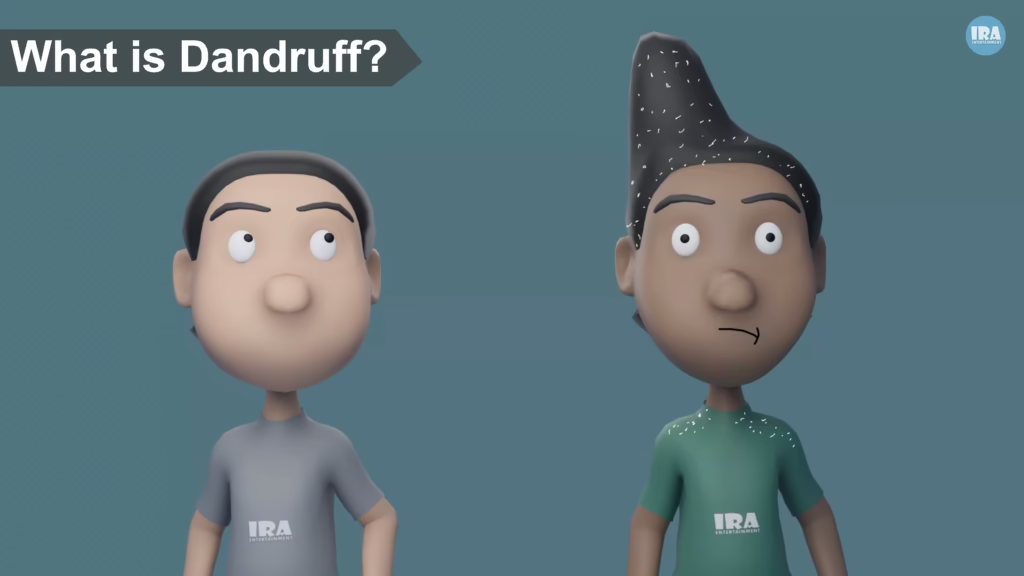
The Mystery of Dandruff
What is Dandruff-3D Explanation…
Dandruff is one of the most common scalp problems worldwide. Those tiny white flakes may seem harmless, but they can be embarrassing and irritating. Ever wondered why some people have dandruff all the time, while others barely notice it? The answer lies in a tiny, invisible organism living on our scalp—Malassezia.
This blog will explore the science behind dandruff, how Malassezia causes it, why some people are more prone, and the best ways to manage and treat it. By the end, you’ll understand the mystery behind this everyday issue and how to keep your scalp healthy.
To explore all of these processes in 3D, check out our detailed YouTube explanation linked at the end of this blog — and don’t forget to subscribe for more insightful videos! (Available in English & Malayalam )

Love what I do?
Consider supporting my work by👉 buying me a coffee
Meet Malassezia – The Fungal Resident on Your Scalp
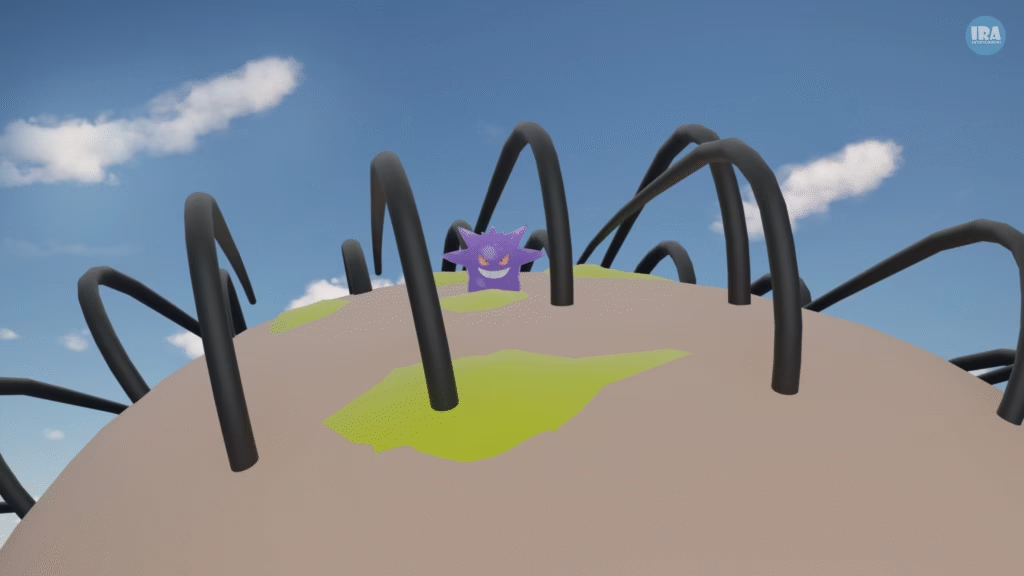
We often think of ourselves as a single individual. But in reality, our bodies are more like bustling ecosystems. Millions of microscopic organisms live on our skin, including bacteria, fungi, and yeasts. One of these organisms is Malassezia, a yeast‑type fungus found on nearly every human scalp.
Think of your scalp as a vast forest. In this forest, Malassezia has everything it needs—free food, free accommodation, and cozy nooks around hair follicles. It’s a comfortable life indeed! But sometimes, this tiny resident can become a cause for concern.
What Is Malassezia?
Malassezia isn’t a single species—it’s a whole genus of fungi. Some species, like Malassezia globosa and Malassezia restricta, are closely linked to dandruff. These yeasts are lipophilic, meaning they thrive in oily environments.
The scalp is one of the oiliest parts of the body due to numerous sebaceous (oil-producing) glands. The presence of oil, warmth, and moisture makes it an ideal home for Malassezia to survive and multiply.
Why Our Scalp Is the Perfect Home for Malassezia

Every hair follicle has a sebaceous gland attached. This gland produces an oil called sebum, which keeps your hair and scalp moisturized and protects hair strands.
Since the scalp has a high density of sebaceous glands, it produces more sebum than most other parts of the body. This abundance of oil makes it a perfect environment for Malassezia. Where there is oil, Malassezia thrives.
How Malassezia Causes Dandruff
Malassezia is generally harmless in small numbers. However, when it feeds on scalp oils, the by-products it produces can trigger your skin’s immune response. Here’s the process:
Feeding on scalp oils: Malassezia consumes sebum and skin lipids (fats and oils).
By-products form: The breakdown of sebum produces chemicals like oleic acid, which can irritate sensitive skin.
Skin reaction: Your scalp responds with faster skin-cell production and inflammation.
Flakes appear: Rapid skin-cell turnover results in immature cells clumping together with oil, forming white flakes.
Cycle continues: Oil feeds the fungus, and the cycle repeats unless interrupted.
In short: Dandruff occurs because Malassezia feeds on your scalp oil, and your skin reacts.
The Role of Sebum and Fatty Acids in Dandruff
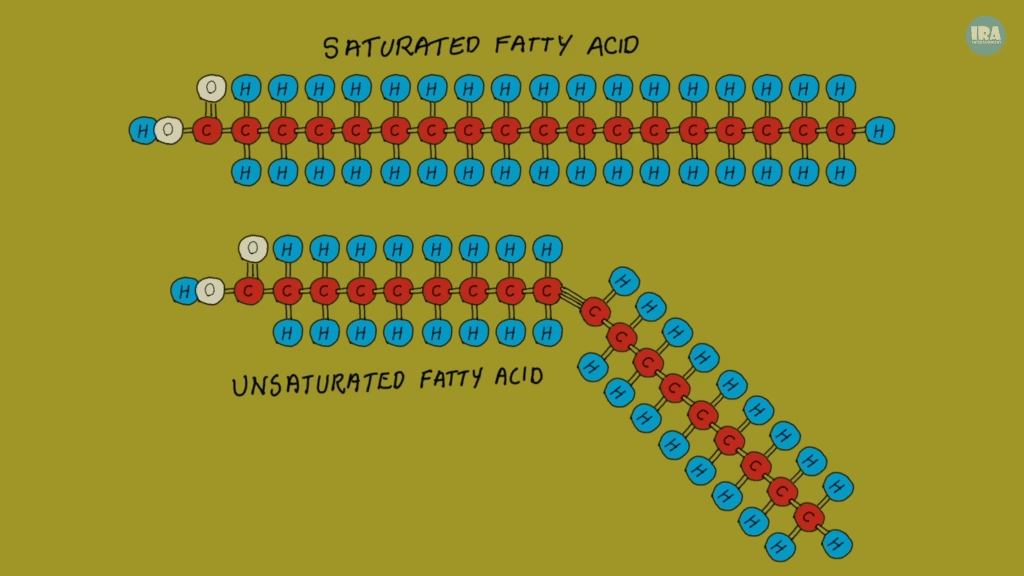
Your scalp produces sebum, an oily substance made up of saturated and unsaturated fatty acids. These fats are important for hair and scalp health, but they also play a role in dandruff formation:
Saturated fats: These are neatly packed molecules. Malassezia fungus can easily consume them for food.
Unsaturated fats: These have bent molecular structures, so they aren’t packed as neatly. Malassezia cannot digest them effectively.
When Malassezia breaks down the saturated fats in sebum, the leftover unsaturated fats can seep into your scalp’s skin. This may damage the skin barrier, cause irritation, and lead to moisture loss. The skin responds by producing new cells rapidly, which contributes to the visible flakes and itching associated with dandruff.
In simple terms: the balance between saturated and unsaturated fats in sebum influences how Malassezia interacts with your scalp, and this interaction can determine whether dandruff develops or worsens.
Types of Dandruff
Not all dandruff is the same. Understanding the type can help in treatment:
Mild dandruff: Occasional white flakes and minor itching.
Seborrheic dermatitis: More severe, with red, oily, itchy patches; can affect the scalp, eyebrows, and even chest.
Pityriasis capitis: Chronic scalp flaking, often associated with sensitivity to Malassezia by-products.
Different types may require different treatment strategies.
Why Some People Get More Dandruff
Even though Malassezia lives on almost everyone’s scalp, some people experience more dandruff due to:
Genetics: Some individuals have a weaker skin barrier or higher sensitivity to Malassezia by-products.
Sebum composition: The ratio of saturated to unsaturated fats in scalp oil can influence fungal growth.
Immune response: Some people’s immune systems overreact to fungal by-products, causing inflammation and itching.
Hormonal fluctuations: Hormones influence oil production, which can trigger flare-ups.
Lifestyle and environment: Stress, humidity, diet, and hygiene habits affect scalp health.
Is Dandruff Dangerous?
Here’s the good news:
Dandruff is not contagious. You cannot spread it through contact.
It does not pose serious health risks; it’s mostly cosmetic.
Malassezia may even protect your scalp by competing with harmful microbes like Staphylococcus aureus.
So, while it’s annoying, dandruff is not harmful.
Treatment and Management of Dandruff
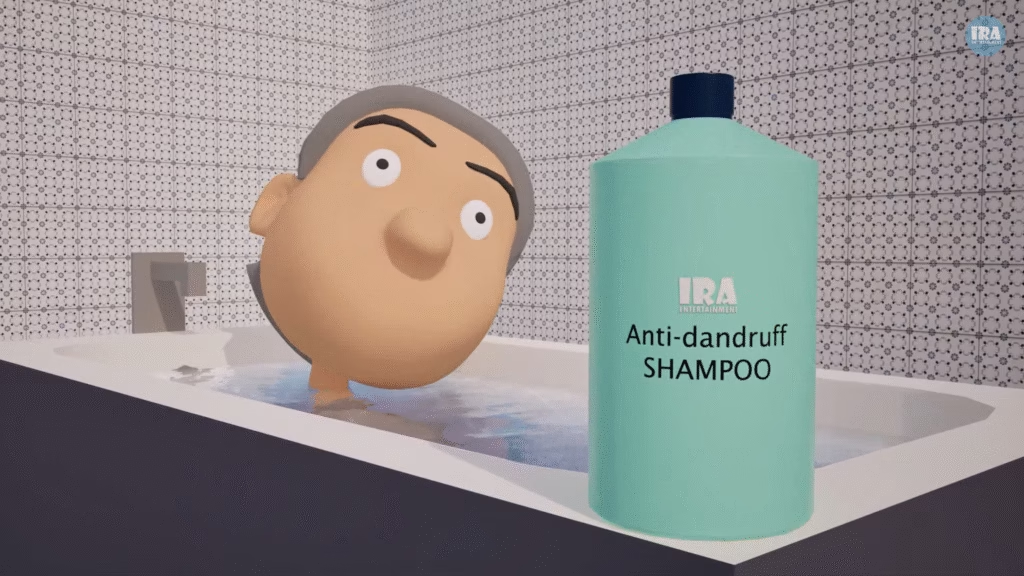
1. Medicated Shampoos
The most effective way to control dandruff is using antifungal shampoos. Key active ingredients include:
Ketoconazole – Targets the fungus directly.
Zinc pyrithione – Reduces fungal growth and calms inflammation.
Selenium sulfide – Controls excessive cell turnover.
Coal tar – Slows down skin-cell production.
Use the shampoo as directed and consistently for several weeks. Switch products if there’s no improvement.
2. Choosing the Right Formula
Oily scalp: Shampoos that control sebum.
Dry scalp: Milder shampoos or leave-on treatments.
Avoid strong fragrances or harsh chemicals.
3. Lifestyle Tips
Wash scalp regularly but avoid over-washing.
Brush hair to remove dead skin and distribute oils evenly.
Manage stress and maintain good sleep.
Eat a balanced diet; deficiencies can worsen scalp health.
Optional: Natural remedies like tea tree oil, aloe vera, or coconut oil may help.
4. When to See a Dermatologist
If flakes, itching, or redness persist after weeks of over-the-counter treatment, consult a dermatologist. Conditions like eczema or psoriasis may require specialized care.
Seasonal and Lifestyle Effects on Dandruff
Winter: Dry indoor air and cold weather can worsen dryness, increasing flaking.
Summer: Sweat and oil can trigger Malassezia growth, causing flare-ups.
Stress: Hormonal responses to stress can increase sebum production.
Diet: High-sugar, high-fat diets may influence oil composition.
FAQs About Dandruff
Q1: Can stress cause dandruff?
Yes. Stress affects hormone levels and sebum production, which can trigger dandruff.
Q2: Is dandruff hereditary?
Partially. Genetic factors affect skin sensitivity and immune response to Malassezia.
Q3: Does washing hair more often help?
Moderate washing helps control oil and flakes, but over-washing can dry the scalp and worsen irritation.
Q4: Can dandruff go away on its own?
Sometimes mild dandruff is seasonal or temporary, but persistent flakes usually require treatment.
Q5: Are natural remedies effective?
They may help in mild cases, but medicated shampoos are more reliable for persistent dandruff.
Key Takeaways
Malassezia is a natural resident of almost everyone’s scalp.
Dandruff results from fungus feeding on scalp oils and your skin’s reaction.
Genetics, immune response, sebum composition, and lifestyle factors influence severity.
Antifungal shampoos, proper scalp care, and lifestyle adjustments are the best way to manage dandruff.
Struggling with Dandruff? Try this product (Affiliated).
Nizral 2% – Bottle of 50 ml Ketoconazole Solution
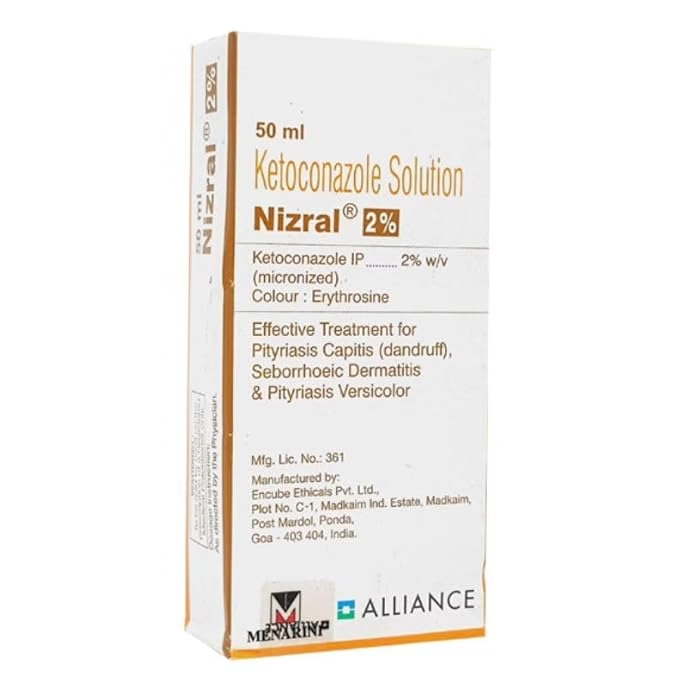
Check out our related products and other links 👉 Products & other platforms
Want to learn more through visual storytelling? Check out our detailed 3D explanation blog on Why We Forget Things? How to Remember What Matters!
Useful Links : Dandruff